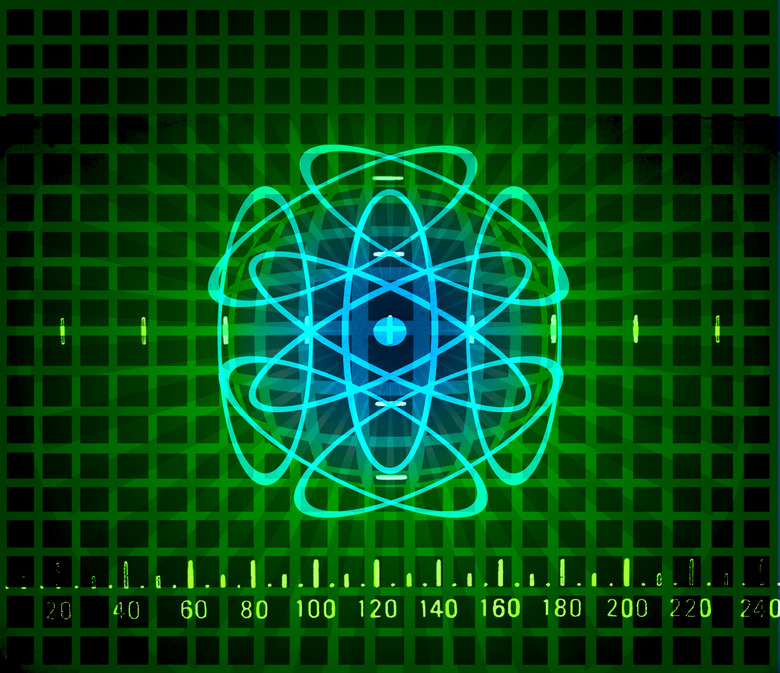Two Benefits Of Using Models To Represent Scientific Processes
Scientific models approximate trends and processes in the real world. As representations, they are necessarily incomplete and can be disproved. However, models are extremely useful for a number of reasons. First, they provide a way to understand processes that might otherwise be outside the scope of humans. Second, they provide scientists with foundation for further experiments and hypotheses.
Models Help Us Understand the World
Models Help Us Understand the World
Without models, many of the processes in the natural world would remain mysterious. Even though they are partial and potentially flawed, models represent the world in a way that we can understand. For example, the Bohr model of the atom is a significant simplification of the structure of an atom. However, this model helps us conceptualize the atom as a tightly packed nucleus surrounded by orbiting electrons.
Models Help Move Science Forward
Models Help Move Science Forward
Models are crucial to the scientific method. They are never proven correct, once and for all. A model's inconsistencies can be exposed through testing or observations. Then, a new model must be formed. For example, the Ptolemaic model of planetary motion suggested that the planets and sun travel around the Earth. However, this could not account for a number of observed phenomena, such as the phases of Venus. Hence, the Copernican model of the solar system gained prominence.
Cite This Article
MLA
Murmson, Serm. "Two Benefits Of Using Models To Represent Scientific Processes" sciencing.com, https://www.sciencing.com/two-benefits-using-models-represent-scientific-processes-10590/. 24 April 2017.
APA
Murmson, Serm. (2017, April 24). Two Benefits Of Using Models To Represent Scientific Processes. sciencing.com. Retrieved from https://www.sciencing.com/two-benefits-using-models-represent-scientific-processes-10590/
Chicago
Murmson, Serm. Two Benefits Of Using Models To Represent Scientific Processes last modified August 30, 2022. https://www.sciencing.com/two-benefits-using-models-represent-scientific-processes-10590/
